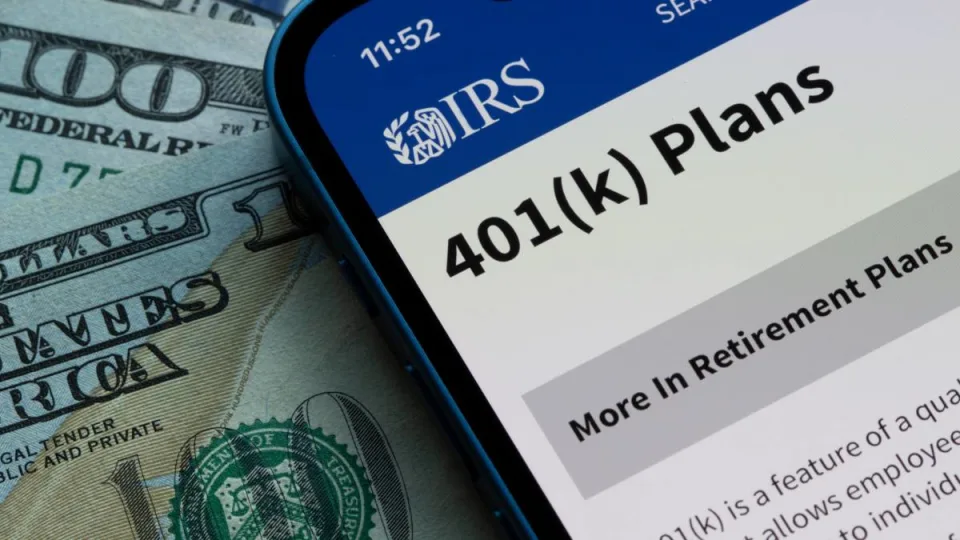
People planning for retirement have a large number of concerns. Among them are Social Security payment expectations, health costs, and many other circumstances involving wealth and money.
And it is important to understand changes in retirement savings policies implemented by the federal government. Some of those involve 401(k)s and individual retirement accounts (IRAs).
In the current calendar year, there are a few things to know about some changes from 2023.
The Internal Revenue Service (IRS) explained in a statement some highlights that Americans are facing.
First, individuals contributing to their 401(k) plans have a new limit. In 2023, the cap was set at $22,500. Now, that has increased to $23,000.
The IRA contribution limit has also increased, from $6,500 in 2023 to $7,000 in 2024.
But there is an important note for people 50 years of age and over.
Americans who are 50 years or older have these facts to know
There is a catch-up 401(k) contribution policy for people 50 years or older who are rallying to get their finances in order.
The federal government limit for people in this age range remains $7,500 in 2024.
And taxpayers deducting contributions on their IRAs have some conditions to consider.
The IRS statement explains this element of the policy as follows:
If during the year either the taxpayer or the taxpayer’s spouse was covered by a retirement plan at work, the deduction may be reduced, or phased out, until it is eliminated, depending on filing status and income. (If neither the taxpayer nor the spouse is covered by a retirement plan at work, the phase-outs of the deduction do not apply.)
So how are Roth IRAs affected by the change?
The income phase-out range for taxpayers with IRA contributions has also been increased. In 2023, it was $146,000. This year, it is $161,000 for single people and heads of households.
Married couples filing jointly see a phase-out range increased from between $230,000 to $240,000, which is up from between $218,000 to $228,000.
There is also the Saver’s Credit to consider. This is often referred to as the Retirement Savings Contributions Credit.
For low- and moderate-income workers, the limit is set at $76,500 for married couples filing jointly, which is up from 2023 when it was $73,000.
That policy is $57,375 for heads of household. Previously, it was $54,750.





























